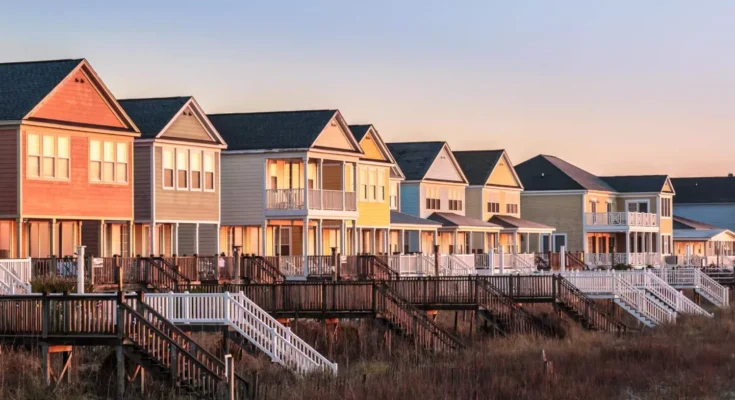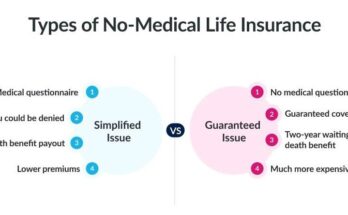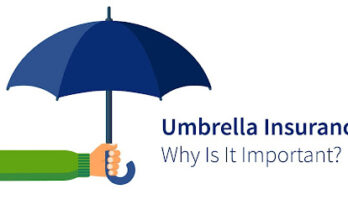Living in a high-risk area in the USA — whether due to hurricanes, floods, wildfires, or earthquakes — means your home is more vulnerable to damage. This can make finding affordable and comprehensive homeowners insurance more challenging.
The good news: several insurance companies specialize in covering high-risk homes, offering flexible policies, add-ons, and disaster-specific coverage.
What Qualifies as a High-Risk Area?
A high-risk area is a location where the probability of property damage is significantly higher than average due to environmental or geographic conditions.
Examples include:
- Hurricane zones – Florida, Gulf Coast, Southeast USA
- Wildfire-prone regions – California, Colorado, Oregon
- Flood-prone areas – Coastal regions, Mississippi River basin
- Earthquake zones – California, Alaska, Pacific Northwest
- Tornado alley – Central and Midwest USA
Why Standard Homeowners Insurance May Not Be Enough
Most standard homeowners policies exclude or limit coverage for certain disasters. This means you may need extra endorsements or separate policies to be fully protected.
Common gaps in standard coverage:
- Flood damage (requires separate flood insurance, usually via NFIP)
- Earthquake damage (requires earthquake-specific coverage)
- Windstorm damage in hurricane-prone areas
- Wildfire exclusions in some high-risk states
Key Features to Look for in High-Risk Home Insurance
When selecting a policy, look for:
- Extended dwelling replacement cost coverage
- Additional living expenses if your home is uninhabitable
- Separate disaster coverage add-ons for floods, earthquakes, windstorms, and wildfires
- Fast claims processing and 24/7 support
- High personal property limits for valuable possessions
Best Homeowners Insurance Providers for High-Risk Areas in USA (2025)
| Insurance Company | Average Annual Premium* | Best For | Key Features |
|---|---|---|---|
| State Farm | $2,350 | Wildfire & storm-prone areas | Strong claims service, customizable coverage |
| Allstate | $2,500 | Flood & hurricane coverage | Optional windstorm & flood policies |
| Farmers | $2,480 | Earthquake & wildfire zones | Extended replacement cost, add-ons |
| USAA | $2,150 | Military families in high-risk regions | Broad coverage, disaster recovery support |
| Chubb | $3,050 | High-value homes in disaster areas | Luxury property coverage, high claim payouts |
*Premiums are national averages; your rate may vary by location, home value, and coverage amount.
Additional Coverage Options for High-Risk Homes
If you live in a disaster-prone area, consider adding:
- Flood Insurance – Required in many flood zones (via NFIP or private insurers)
- Earthquake Insurance – Available from state programs and private carriers
- Windstorm & Hail Coverage – Vital in hurricane and tornado zones
- Wildfire Defense Programs – Offered by select insurers in wildfire-prone states
Tips to Lower Home Insurance Costs in High-Risk Areas
- Bundle home and auto insurance for discounts
- Upgrade home safety features (impact-resistant roofs, storm shutters, fire-resistant siding)
- Install smart home monitoring for fire, flood, and security alerts
- Compare quotes annually to find competitive rates
Common Mistakes to Avoid
❌ Choosing the cheapest plan without checking coverage gaps
❌ Assuming standard policies cover floods or earthquakes
❌ Underestimating rebuild costs after a disaster
FAQs – High-Risk Homeowners Insurance
Q: Can I get homeowners insurance in a wildfire zone?
Yes, but you may need specialized policies or state-backed FAIR Plan coverage.
Q: Does standard home insurance cover hurricanes?
It covers wind damage, but storm surge and flooding often require separate policies.
Q: How much more expensive is high-risk insurance?
Rates can be 50–300% higher than standard coverage, depending on the risk type.
Final Thoughts
Finding the best homeowners insurance in USA for high-risk areas is about more than just price — it’s about complete protection for your home and finances.
By choosing a reputable insurer, adding disaster-specific coverage, and upgrading home safety measures, you can secure reliable protection — even in the most disaster-prone regions.



